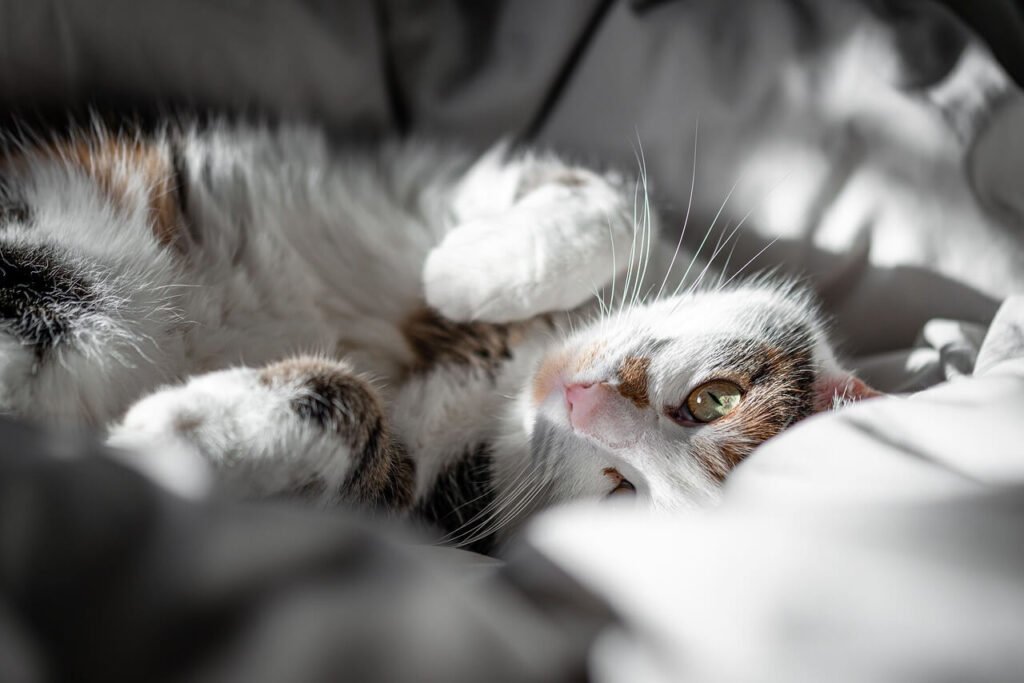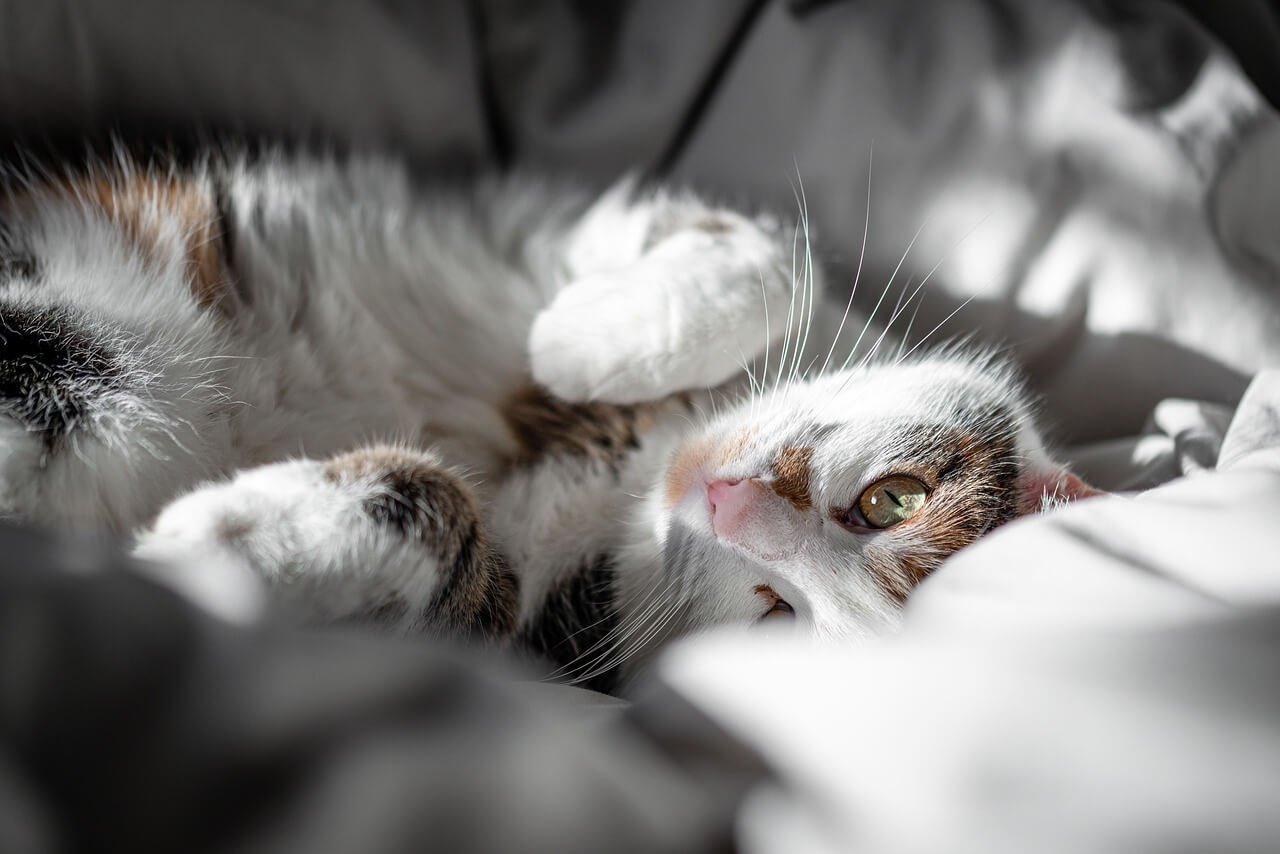How Many Teeth Do Cats Have? Exploring Feline Dental Anatomy
Cats, those graceful and independent companions, are known for their unique behaviors and physical traits. One fascinating aspect of their anatomy is their teeth. Whether you’re a cat owner, a veterinarian, or simply someone curious about feline biology, understanding how many teeth cats have and why it matters can provide valuable insights into their health and well-being. In this blog post, we’ll dive deep into the world of feline dentition, exploring everything from the number of teeth in kittens and adult cats to the role these teeth play in their daily lives.
The Basics of Feline Dentition: A Breakdown
To understand the dental structure of cats, it’s essential to start with the basics. Cats, like humans and other mammals, go through two sets of teeth during their lifetime. Here’s what you need to know:
Kittens are born without teeth : When kittens are born, they don’t have any visible teeth. This is because their bodies focus on growth and development during the early stages of life.
Baby teeth emerge at 2-4 weeks : Kittens begin teething at around two to four weeks of age. These baby teeth, also called deciduous teeth, are sharp and small but serve an important purpose in their early diet of soft food.
Adult teeth replace baby teeth by 6 months : By six months of age, most kittens will have lost their baby teeth and developed a full set of adult teeth. This transition is crucial for their lifelong dental health.
Cats have fewer teeth than humans : Adult cats typically have 30 teeth, which is fewer than the 32 permanent teeth found in adult humans. This difference reflects the specialized needs of a carnivorous diet.
Each type of tooth has a specific function : From slicing meat to tearing flesh, every tooth in a cat’s mouth plays a vital role in their eating habits and survival.
Understanding these key points helps us appreciate the complexity of feline dentition. It also highlights why proper dental care is so important for our furry friends.
Types of Teeth in Cats: What Are They For?
A cat’s mouth is equipped with different types of teeth, each designed for a specific purpose. Let’s take a closer look at what makes up their dental arsenal:
Incisors: The tiny front teeth : Cats have 12 incisors located at the front of their mouths. These small teeth help them nibble on bones and groom themselves meticulously.
Canines: The sharp weapons : The four long, pointed canine teeth are iconic features of a cat’s smile. They’re used for gripping prey and defending against threats.
Premolars: Built for chewing : Cats have 10 premolars that assist in shearing and grinding food. These teeth are critical for breaking down larger pieces of meat.
Molars: The heavy-duty grinders : There are four molars in a cat’s mouth, located towards the back. While not as prominent as other teeth, they still play a role in processing tough foods.
No flat molars for grinding plants : Unlike herbivores, cats lack flat molars for grinding plant material. This adaptation reflects their strictly carnivorous nature.
These specialized teeth work together seamlessly to support a cat’s hunting instincts and dietary needs. Recognizing their functions can deepen your appreciation for your pet’s natural abilities.
Check this guide 👉 Understanding a Swollen Lip in Cats: Best 7 Health Tips!
Check this guide 👉 The Marvel of Cat Skeleton Anatomy: Best 7 Expert Tips!
Check this guide 👉 How Many Paws Does a Cat Have? Best 7 Expert Tips!

Dental Feature | Key Information |
|---|---|
Number of Baby Teeth | Kittens have 26 deciduous teeth before adulthood. |
Number of Adult Teeth | Adult cats typically have 30 permanent teeth. |
Primary Function of Canines | Used for gripping prey and self-defense. |
Importance of Premolars | Essential for shearing and grinding food. |
Common Dental Issue in Cats | Periodontal disease affects many adult cats. |
Why Dental Health Matters for Cats: Key Insights
Maintaining good dental hygiene is just as important for cats as it is for humans. Neglecting their oral health can lead to serious issues over time. Consider the following points:
Preventing periodontal disease : Gum infections and inflammation are common in cats, especially as they age. Regular brushing and check-ups can prevent these problems.
Avoiding tooth resorption : This painful condition occurs when a cat’s body starts breaking down its own teeth. Early detection is crucial for treatment.
Improving overall health : Poor dental health can contribute to systemic issues such as heart disease and kidney problems in cats.
Promoting better breath : Bad breath in cats often indicates underlying dental problems. Addressing these issues can improve their comfort and your relationship with them.
Extending their lifespan : Studies show that cats with healthy teeth tend to live longer, happier lives compared to those with neglected dental care.
Taking proactive steps to care for your cat’s teeth ensures they remain happy and healthy throughout their life.
Tips for Maintaining Your Cat’s Dental Health
Keeping your cat’s teeth clean doesn’t have to be complicated. With a few simple practices, you can significantly improve their oral hygiene. Here’s what you can do:
Brush their teeth regularly : Use a cat-safe toothbrush and toothpaste to gently clean their teeth several times a week.
Provide dental treats : Specialized treats designed to reduce plaque buildup can complement regular brushing routines.
Offer chew toys : Toys that encourage gnawing help naturally scrape away tartar and keep gums strong.
Schedule vet visits : Annual dental exams allow professionals to catch potential issues early and recommend treatments if needed.
Monitor for signs of trouble : Watch for symptoms like drooling, difficulty eating, or swollen gums, which may indicate dental problems.
By incorporating these habits into your routine, you’ll ensure your cat enjoys optimal dental health for years to come.
The Role of Diet in Feline Dental Health
A cat’s diet plays a significant role in maintaining their dental health. What they eat can either support strong teeth or contribute to dental issues over time. Here are some important considerations:
Raw diets can promote natural cleaning : Feeding cats raw meat or bones may help scrape away plaque and tartar naturally.
Dry food has abrasive properties : Kibble is designed to be slightly abrasive, which can reduce plaque buildup during chewing.
Wet food requires additional care : While wet food is hydrating, it can cling to teeth and increase the risk of decay without proper brushing.
Avoid sugary treats : Cats don’t need sugar in their diets, and sugary snacks can lead to unnecessary dental problems.
Supplement with dental formulas : Specialized foods fortified with enzymes to break down plaque can be a helpful addition to their meals.
By tailoring your cat’s diet to support their dental needs, you can ensure they enjoy both tasty meals and healthy teeth for years to come.
Signs Your Cat May Have Dental Problems
Cats are masters at hiding discomfort, so it’s essential to watch for subtle signs of dental trouble. Early detection can prevent minor issues from becoming major problems. Here’s what to look out for:
Difficulty eating or chewing : If your cat seems reluctant to eat or chews on one side of their mouth, it could indicate pain or infection.
Excessive drooling : Unusual drooling is often a sign of irritation or inflammation in the mouth.
Swollen or bleeding gums : Red, swollen, or bleeding gums are common symptoms of gingivitis or periodontal disease.
Pawing at the mouth : Cats may paw at their face or mouth when they’re experiencing tooth pain or discomfort.
Changes in behavior : Increased irritability or lethargy can sometimes be linked to untreated dental issues.
Being observant and proactive can make all the difference in catching dental problems early and ensuring your cat stays comfortable and healthy.
Fun Facts About Cat Teeth
Cat teeth are not only functional but also fascinating from an evolutionary perspective. Here are some intriguing facts that highlight their uniqueness:
Teeth are adapted for hunting : A cat’s sharp teeth evolved to efficiently capture and consume prey, reflecting their role as skilled predators.
They rarely chew their food : Unlike humans, cats typically swallow bites whole or tear them into smaller pieces rather than chewing extensively.
Baby teeth are temporary but vital : Kittens’ deciduous teeth prepare their jaws for the larger, stronger adult teeth they’ll eventually develop.
Teeth don’t grow back : Once an adult cat loses a tooth, it won’t regenerate, making dental care even more critical.
Dental structure varies among species : While domestic cats have 30 teeth, other feline species, like lions, may have slight variations in their dental anatomy.
These fun facts remind us of the incredible adaptations that make cats such remarkable animals. Their teeth are not just tools but also a testament to their evolutionary journey as hunters.
Frequently Asked Questions About Cat Teeth
How many teeth do adult cats have?
Adult cats typically have 30 permanent teeth.
Do kittens lose their baby teeth?
Yes, kittens lose their 26 baby teeth as they grow into adulthood.
Can cats get cavities?
Cavities are rare in cats due to their low-sugar diets, but they can experience tooth resorption.
Why does my cat have bad breath?
Bad breath in cats often signals dental issues like gum disease or tooth decay.
Is professional cleaning necessary for cats?
Yes, periodic professional cleanings under anesthesia are recommended to remove plaque and tartar buildup.
Wrapping Up: Celebrating Our Feline Friends’ Dental Wonders
Understanding how many teeth cats have and the intricacies of their dental anatomy enriches our bond with these incredible creatures. From their razor-sharp canines to their efficient premolars, every tooth serves a purpose in their carnivorous lifestyle. By prioritizing their dental health, we not only enhance their quality of life but also celebrate the marvels of nature that make cats such extraordinary companions. So next time you admire your cat’s playful antics or gentle purrs, remember the hidden wonders behind their gleaming smiles!
Can a Cat Die from a Cold? Best 7 Expert Tips! Learn how to identify, treat, and prevent feline colds while understanding when to seek veterinary care for your cat’s health.
Cat Screaming for Food: Best 7 Expert Tips! Discover effective strategies to manage your cat's food-related vocalizations and create a peaceful feeding routine.
Aspiration Pneumonia in Cats: Best 7 Expert Tips! Discover causes, symptoms, and treatment advice to protect your cat’s respiratory health and ensure a speedy recovery.
Hip Dysplasia in Cats: Best 7 Expert Tips! Discover expert advice on managing hip dysplasia in cats, from symptoms and prevention to treatment options for a happier, healthier feline life.





